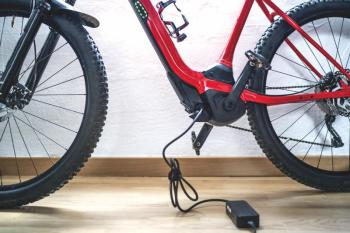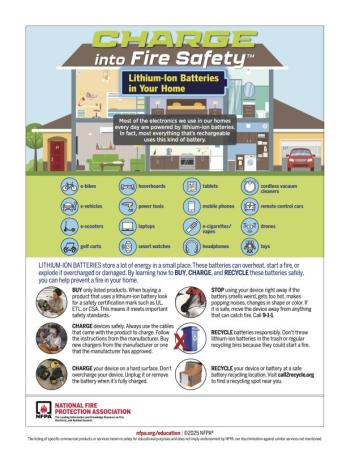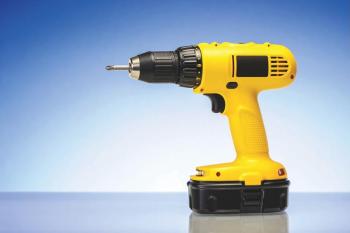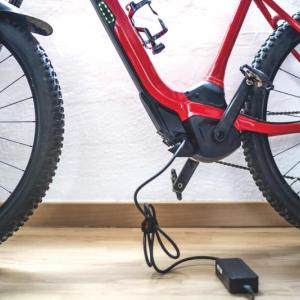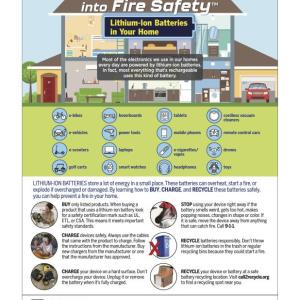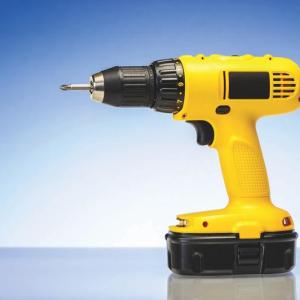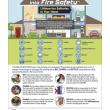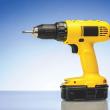Charge into fire safety: Lithium-ion batteries in the home
This year, the National Fire Protection Association (NFPA) chose Charge into Fire Safety: Lithium-Ion Batteries in Your Home as the theme for Fire Prevention Week. It's not an exaggeration to say that lithium-ion batteries are everywhere. Without a thought we slip phones into our pockets, wireless headphones in our ears, and the list goes on: laptops, power tools, watches, and more.
Unfortunately, it turns out that the same properties that make lithium ion batteries perform so well can cause major problems: release of highly toxic and flammable gases, heat, and fires. The good news is, by following some basic guidelines, we can drastically improve the margins of safety around these batteries.
Keep Them Cool
First and foremost, lithium-ion batteries have problems when they get too hot. Keep their temperature within acceptable ranges (32F to 100F) and most of the issues can be avoided.
Buy Listed Battery Products
It is possible to buy aftermarket replacement batteries for a fraction of the cost of name-branded ones. However to achieve these lower prices, manufacturers can leave critical safety features out, such as battery management systems (BMS), which monitor temperatures and charging voltage to prevent batteries from overheating.
Batteries tested by independent organizations, such as Underwrites Laboratories, ensure that the same model of battery you're purchasing and using has been through testing to verify its integrity.
Charge Them Properly
Remove batteries from chargers when full and only use the charging accessories that came with the battery.
Similar to aftermarket batteries, aftermarket cords and chargers can be substantially less expensive than name brand. They can also lack safety features that the manufacturer has included to prevent overcharging and manage voltage, both of which can lead to overheating.
For storage, batteries should be kept in a cool dry location and ideally at about a 30% charge.
Disposal
Litium-ion batteries at end of life must be disposed of properly. Most importantly, they should not be thrown away in household garbage. Rather they should be taken to a facility that can properly dispose of them.
Midcoast Solid Waste in Rockport accepts all lithium-ion batteries at the gatehouse free of charge. After collection, batteries are sent to be recycled.
What Happens When They Get Too Hot?
The electro-chemical reaction inside the battery cells that generates electrical current also generates some amount of heat. Likewise recharging the batteries generates heat.
Under normal use, batteries will be warm to the touch during and after either discharge or recharge. Lithium-ion batteries are susceptible to a failure when the internal temperature reaches 150 degrees Fahrenheit. When overheated, the battery internals begin to chemically break down in self-heating reactions. The battery may swell, vent gases, or discolor.
At 320 degrees Fahrenheit, the battery enters a process called thermal runaway, which is a violent reaction that generates additional heat and creates large amounts of toxic and flammable gases, flames, and explosions.
In any of these cases, immediately calling 911 is critical so that our local fire departments can be on their way to help.
Learning More
NFPA Lithium-Ion Battery Safety portal
NFPA Lithium-Ion Battery Safety Sheet download
Kevin Callahan is a firefighter/EMT at Camden Fire and Rescue. He will be giving a free talk on lithium ion battery safety on Tuesday October 7, at the Appleton Library.




